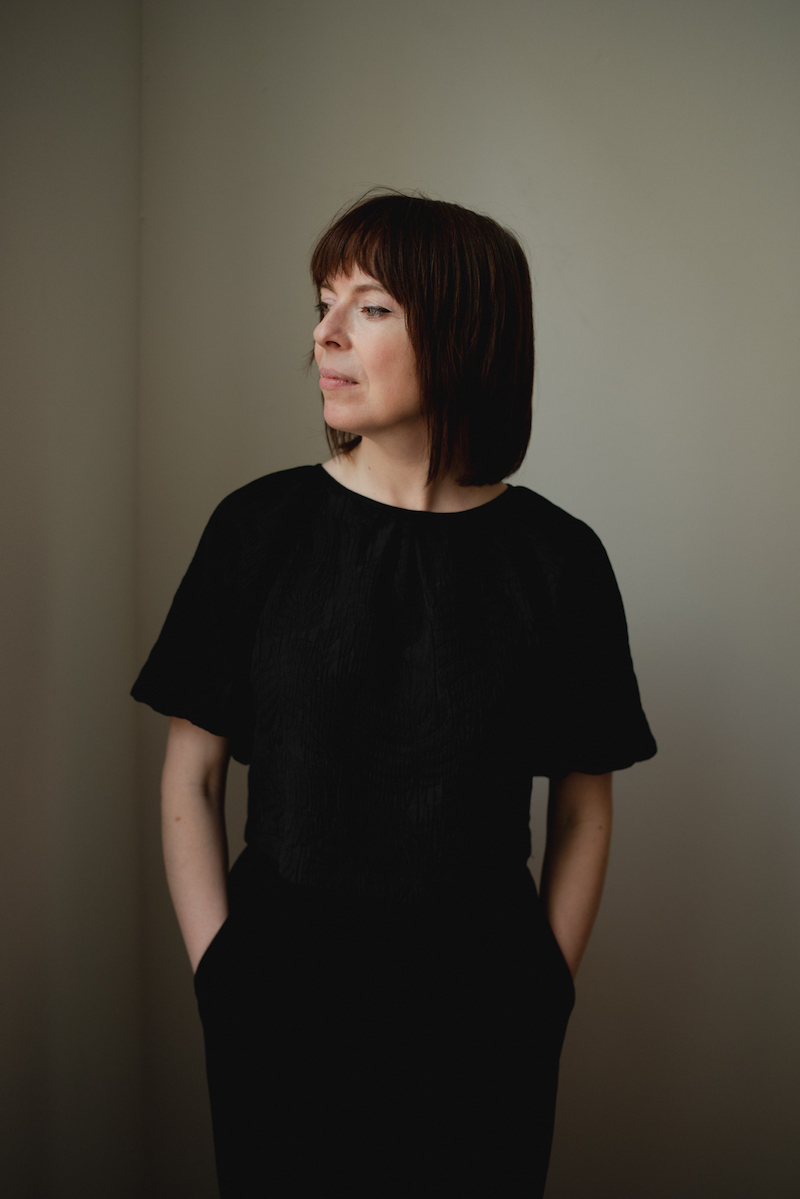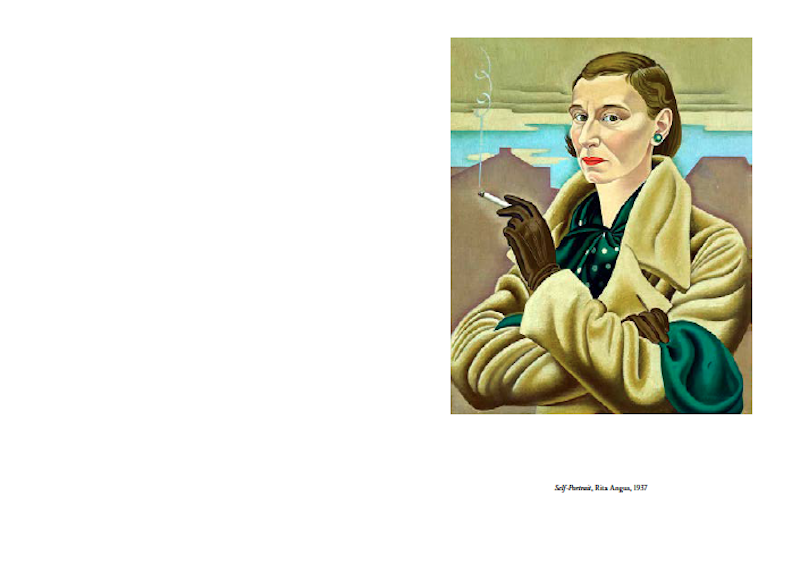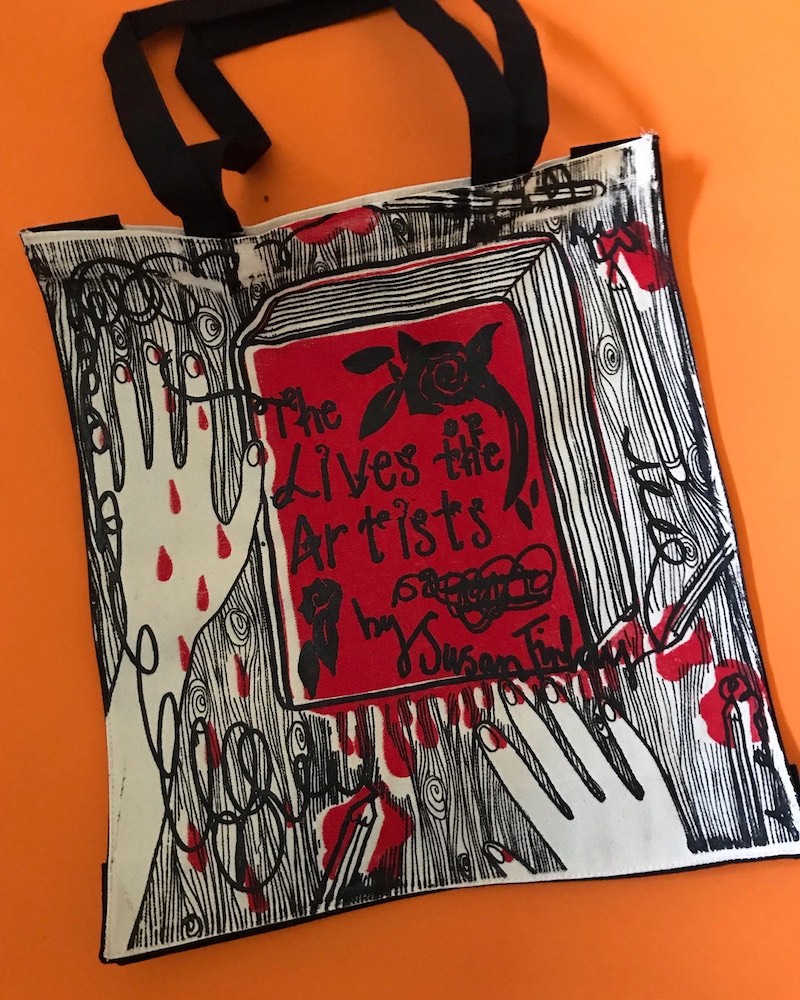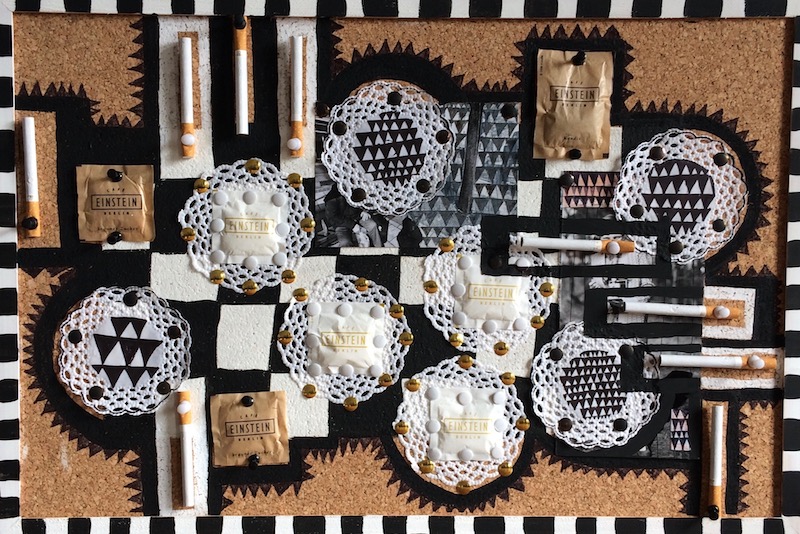by An Paenhuysen // Apr. 11, 2023
This article is part of our feature topic Money.
“Economics” was the title of Andy Warhol’s chapter on money in ‘The Philosophy of Andy Warhol.’ I like to think that the concept of the hustler originated from Warhol: the business man in the arts, self-employed and self-made. Nowadays, it’s nearly impossible to not be a hustler in the arts. Your survival instincts are permanently on and you have this special radar for detecting money. That’s because the money doesn’t come from one stable source, but trickles in from here and there: a residency, a talk, a teaching gig, some funding. It trickles because it’s too scarce to call it a flow.
In May, a story will come out with JOAN publishing that tells the life of the artist Susan Finlay, but it’s really the universal story of all artists juggling many jobs, and that point in their life (middle age) when they start wondering if it is okay to keep going like this. This story, entitled ‘The Lives of the Artists,’ is not explicitly about money (the word “money” doesn’t even make an appearance) but it is there in many guises: from the reason why it was written (a cancelled job), its format (short), its plural “lives” (never paid enough to have just one), the living circumstances (staying with parents or in cramped communal housing), to the strategy of glamour needed to live this particular way of life with pizzazz.

Susan Finlay, author portrait // Photo by Peter Wulf
“Is your last name Finlay?” I ask Susan when I first meet her. Over the past weeks, Finlay and I have been communicating about a talk at a.p. books where she works as the event manager. But only now, when I see her for real, it dawns on me that she is the Susan. I am a fan of Susan Finlay. I follow her on Instagram.
Susan Finlay is an artist who writes. It is an excellent combo that materialises itself in books like ‘The Jacques Lacan Foundation.’ This 2022 White Review Book of the Year starts with the word “cunt,” deals with the problem of academia and features Kate Moss on the cover.
There are other reasons for my fan-status. One of them is that Finlay likes things short, which might be because of economic circumstances. In 2022, Finlay wrote “a (very short) play about one of my many day jobs (in this case taking minutes for housing co-ops).”
The same goes for Finlay’s forthcoming ‘The Lives of the Artists,’ which is nicely condensed to the length of a long essay. This book was also instigated by a missed job opportunity: an artist talk that was cancelled because of the pandemic. Finlay had just moved back to her parents’ place in Nottingham after a break-up with Someone Else (as she refers to him) in Berlin. From there, the powerpoint presentation spiralled wonderfully out of control and the art talk turned into a memoir.

Susan Finlay: ‘The Lives of the Artists,’ 2023, page spread // Courtesy of Susan Finlay
If there is any truth to this story, it is, however, by no means certain. Finlay took the title of her memoir, ‘The Lives of the Artists,’ from Giorgio Vasari, the 16th century art historian famous for coining the term “Renaissance.” Yet, Finlay values Vasari rather for his preference for rough sketches over too much effort and diligence, while also adding a quote by the English poet John Symonds: “It is clear that Vasari often wrote with carelessness, confusing dates and places, and taking no pains to verify the truth of his assertions.”
To write a memoir at all, is, of course, a bit cheesy. Grace Jones promised never to do so and when she finally did do so, she titled it adequately ‘I’ll Never Write My Memoirs.’ Gertrude Stein ghostwrote hers in the name of her girlfriend, ‘The Autobiography of Alicia Toklas,’ which gave Stein the opportunity to call herself a genius and compare herself with Bach. Finlay also has a fine sense of self-humour while depicting the life of Susan, Susie, or, depending on the circumstances, Sue. Her story is illustrated with self-portraits of other female artists from the 16th to the 20th century.
Because indeed, Finlay’s memoir is scattered into many selves. The plural of the book’s title can be taken literally: Finlay’s life never merges into a pleasing whole and happily fails to do so in non-standard English. ‘The Lives of the Artists’ jumps between observations (of which many made me laugh out loud), years (not following a linear chronology), genres (screen play, pitches, rejection letters, poetry). Finlay is not afraid to doubt or change opinion (about detailing sex, for example) or to have an averse one (about #MeToo, Sylvia Plath, Bob Dylan and the Beatles).

Susan Finlay: ‘The Lives of the Artists,’ 2023, tote bag // Courtesy of Susan Finlay
It’s only at one point in the book that things come together. An artist friend achieves success, receiving a major award, and becoming the person, Finlay says, he was meant to be. It reminded me of a job interview I had many years ago with the director of an art space: “How do you see yourself in five years?” Obviously, the answer was “successful, rich and beautiful, just like you.”
Instead, life is messy. Finlay’s memoir starts with a poem, entitled ‘Ich bin ein Berliner’ and signed “Europe 2022.” “I’d rather have guardian angels / opium or statues of myths,” it says, “than read this propaganda / and struggle instead of believe / that art at least owes me a goodness.” The struggle that follows in the book is characterised by cramped communal living and temporary sublets, working for basic wages at the Tate bookstore and other jobs on short-term contracts, among them that of a tired university lecturer.
It’s when Finlay turns 40 that longterm-Susie pokes out her head. A casual question from her boyfriend about her soon-to-be-finished arts council funding sets off the doubts. When will her employer figure out that minutes can be easily recorded by a computer? Is there something like being too old to keep on working in a bookshop or as a gallery assistant? Finlay subdues the fears with effective means: “So I grab a massive handful of peanut crisps, stuff them all inside my mouth, and through the crumbs say, ‘Well, you’re never too old to get into smack.’”

Susan Finlay: ‘Prater Violet,’ 2018 // Copyright Susan Finlay
Yet, in whatever dire conditions, Finlay masters this rare quality of glamour. When I met her at a.p. books, I mentioned I was based in Berlin. “I hate the word ‘based,’” she said. It is true that “based” evokes something on a low level, and Finlay likes the high life. In the Stammhaus of Café Einstein on Kurfürstenstraße she pockets the packets of sugar and paper coasters bearing the Café Einstein logo each time she makes a visit: “I also pocketed a set of decorative postcards, ten menthols and a pad of Ritz Carlton headed notepaper that other customers had left behind.” Then Finlay turns those little thefts into art and names it after a Christopher Isherwood novel.
Glamour also means enjoying oneself on one’s own terms. Grace Jones added to her memoir a copy of her contract rider, which outlined that backstage she expects to find two dozen oysters, either Colchester or Fine de Claire, on ice, together with an oyster knife because “Grace does her own shucking.” In her memoir, Finlay also knows how she will celebrate becoming Doctor Finlay in December 2022: at Café Einstein, evidently, beginning with the apfelstrudel and vanilla cream, followed with coffee and cognac. That’s nothing too outrageous, but a joy that is part of the lives of artists, and, beyond that, the art of life.
























